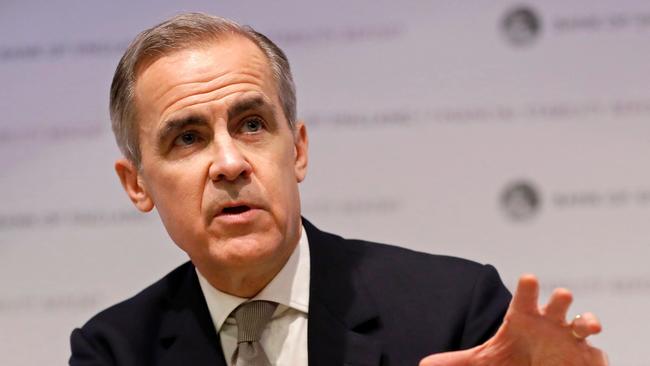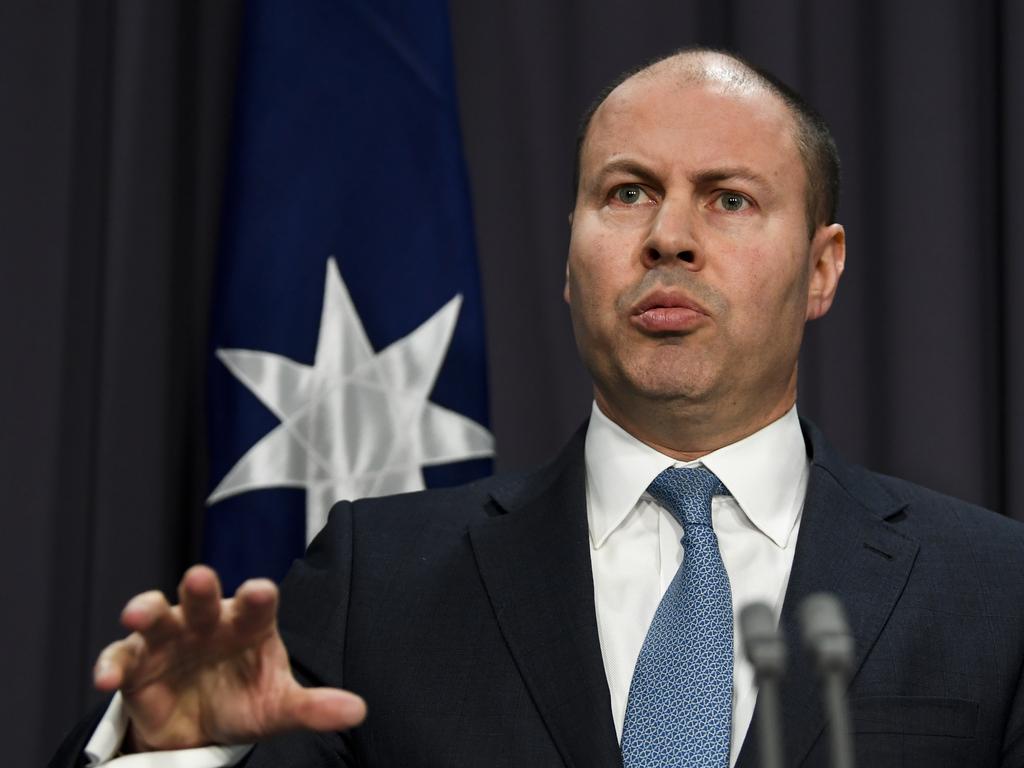Banks, insurers face ‘stress test’ on climate change
Regulators are gearing up to conduct tests on large business’ readiness to shift to a low-carbon economy as part of a global push.

Australia’s biggest banks and insurance companies will be forced to protect themselves against risks caused by climate change, as the Reserve Bank and prudential regulator gear up to test large businesses’ readiness to shift to a low-carbon economy.
As part of a global push, the Australian Prudential Regulation Authority and the central bank are expected to adopt a series of “stress tests” that will take stock of the vulnerability of banks and insurers to changes in asset prices brought on by global warming or policies to limit emissions.
Banks and financial institutions could also be forced to reveal their exposure to climate risks in their financial statements.
The nation’s most powerful regulators are concerned there are no standard approaches among large financial institutions to measure their exposure to risks posed by a warmer environment or a low-carbon economy.
One scenario to be tested in the audits is a “disorderly” transition to a low-emissions economy characterised by wild fluctuations in fossil fuel-linked asset prices such as energy pipelines and coalmines, or by agricultural companies being forced out of business by drought or natural disasters.
APRA is expected to explore a number of “high-level scenarios” for climate change adaptation by combing over bank and insurer exposure to physical risks posed by floods, droughts, fires or cyclones. It will also explore economic “transition risks” such as orderly or abrupt changes in prices, possible stranded assets, or long-term productivity changes. It will likely test how borrowers will manage to repay loans when the economy changes.
Another scenario measures banks’ and insurance companies’ exposure to more “orderly” transitions in line with global aspirations to limit warming to 2C above pre-industrial times: for example, policy decisions, such as a carbon price, that will help guide a smooth reallocation of capital from emissions-intensive assets to greener investments.
Insights from the stress tests are likely to be used to encourage companies to dump potentially risky assets or investments, reprice policies or loans, or even force banks and insurers that refuse to ready themselves for climate change to hold more capital as a buffer in times of crisis.
The climate models to be used to analyse the financial strength of companies are being developed by an international group of regulators, chaired by Bank of England governor Mark Carney. On Wednesday, he warned British lenders and insurers they would shortly face the world’s most stringent climate stress tests, to help prepare companies for severe weather events or a fire sale of emissions-intensive assets, in scenarios that include an extreme 4C temperature rise by 2080.
Mr Carney said the central bank would measure financial companies against three scenarios: “the catastrophic business-as-usual scenario where no further climate action is taken; a scenario where early policy action delivers an orderly transition to the targets set in Paris; and a third where late policy action leads to a disorderly, disruptive transition”.
The tests will be used to spot risks on bank and insurer balance sheets, and could lead to penalties such as extra capital charges or a failure of director duties.
The announcement came after UN climate talks ended last week without settling on rules for a new global carbon market, heightening the risk of further international policy paralysis that could lead to an unpredictable and volatile transition to a low-emissions economy.
The Network of Central Banks and Supervisors for Greening the Financial System, chaired by Mr Carney and of which the RBA has been a member since last year, is due to publish a number of climate-transition scenarios, risk models and methodologies, most likely at a meeting in Thailand in April. APRA holds an observer position with the network.
After the models are finalised, APRA and the RBA are expected to adapt the underlying assumptions for the Australian environment and push financial groups to use the scenarios to make climate-related financial disclosures in financial statements.
The Task Force on Climate-related Financial Disclosures, which guides how companies disclose risks to shareholders, was this month endorsed by financial services royal commissioner Kenneth Hayne, who warned that company directors had a legal duty to act on climate risk and report on it to investors.
A senior regulatory source said financial watchdogs needed to develop different “yardsticks” that were attuned to the Australian context to assist climate risk disclosures. “It’s a bit of a create-your-own-adventure situation at the moment,” the source said.
To illustrate differences, in 2017 Commonwealth Bank measured its risk against three scenarios to 2050, two with a 2C warming limit, known as “global co-ordination” and “disruptive decarbonisation”, and one where global temperatures increased by 3C, known as “policy inertia”. According to CBA’s testing, the bank’s exposure to coal-powered electricity and coalmining would shrink. The company told shareholders in its recent annual report that it was looking to stop financing thermal-coal mining and coal-fired power by 2030.
By contrast, Australia’s largest insurer, QBE, incorporated “transition risks”, which include potentially volatile fluctuations in asset prices, as part of its scenario testing for the first time last year.
The Australian Bureau of Agricultural and Resource Economics and Sciences this week found average farm profitability had been slashed by 22 per cent, almost $20,000, over two decades because of climate warming.
While the financial losses suffered by global insurance companies last year were roughly half of those in 2017, it was still the fourth most costly year on record and the primary contributing factor was natural disasters.
In a speech in March, RBA deputy governor Guy Debelle said the central bank was working with businesses and climate modellers to work out the impact of climate change on monetary policy and financial stability was vulnerable to both physical and transition risks of climate change.






To join the conversation, please log in. Don't have an account? Register
Join the conversation, you are commenting as Logout